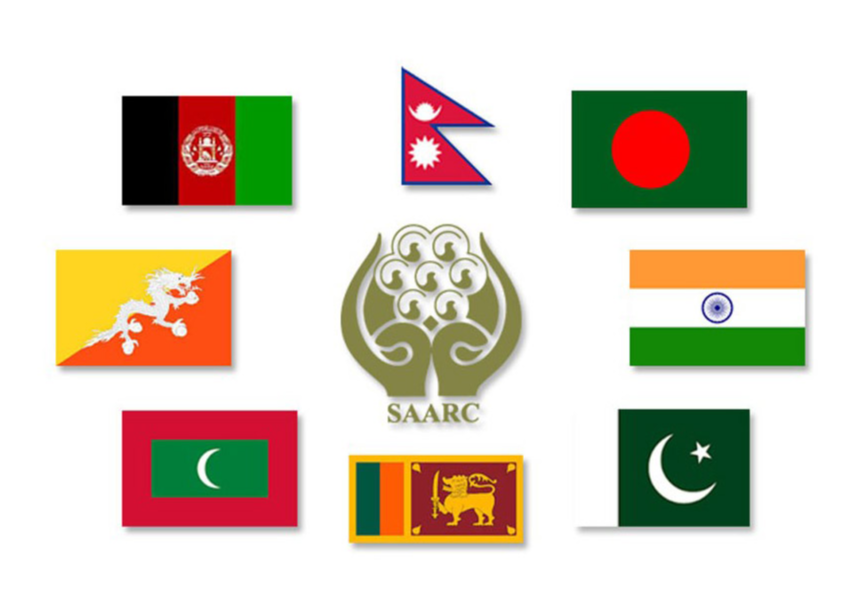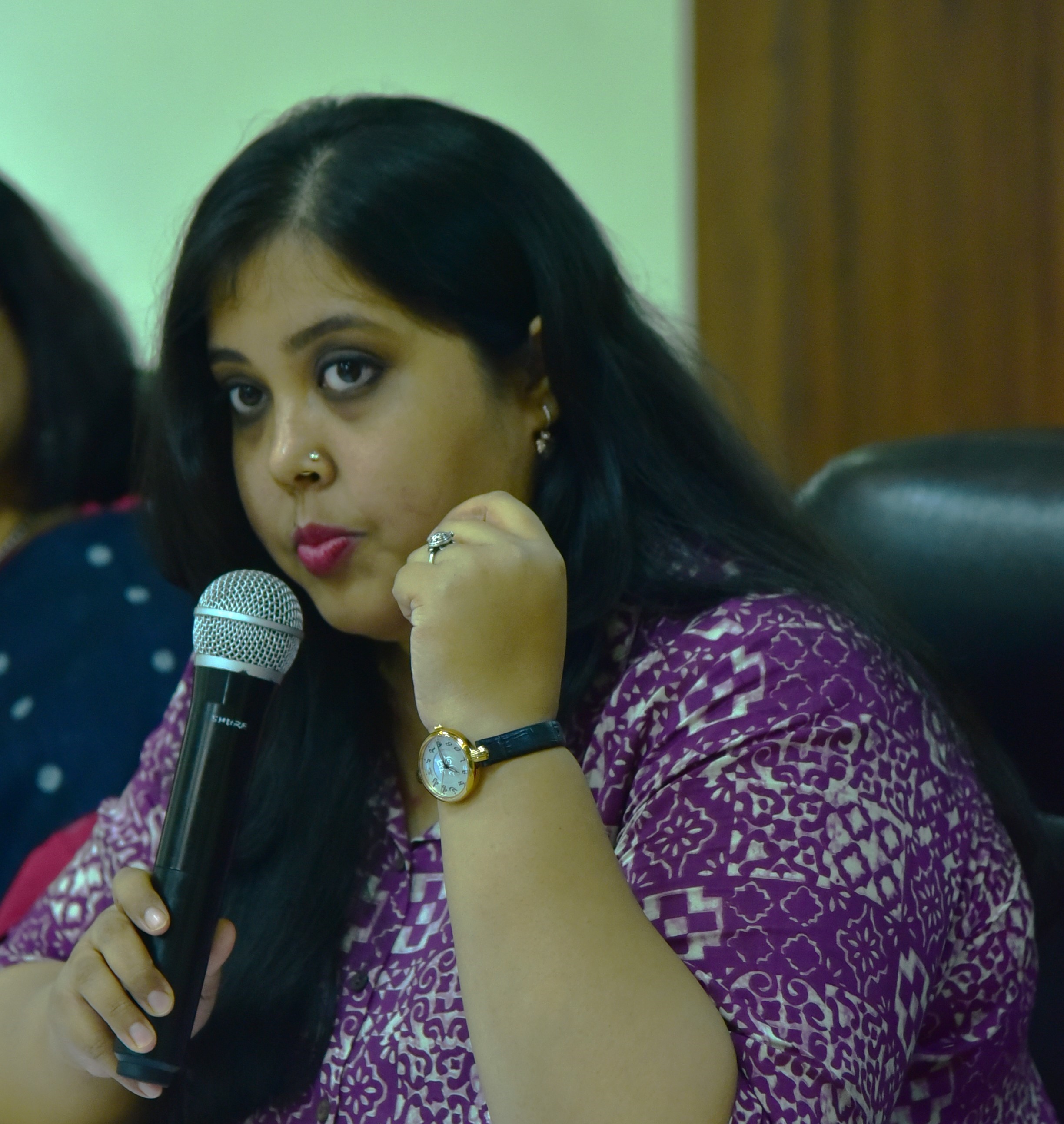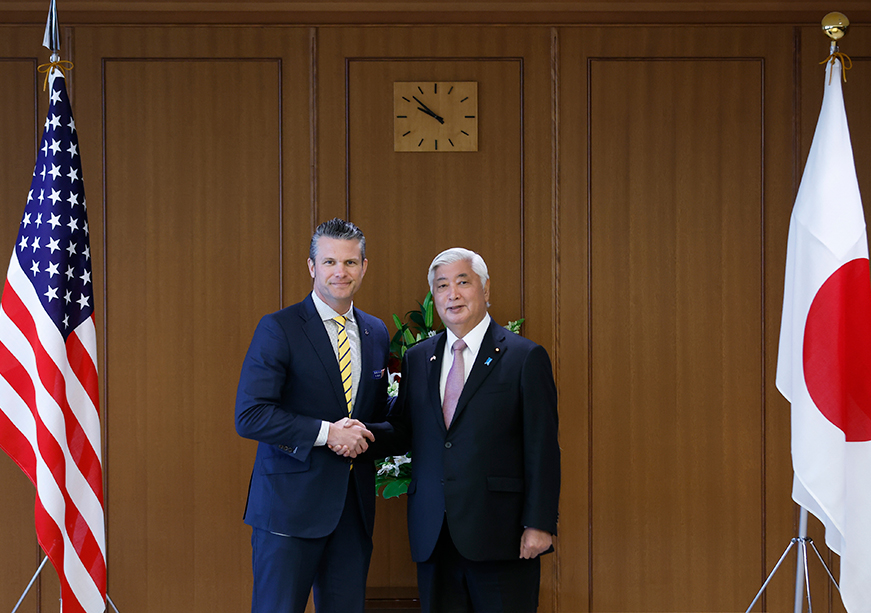
South Asia is vulnerable to a variety of natural hazards. While arid Afghanistan faces earthquakes and landslides, Pakistan experiences floods and earthquakes. Nepal and Bhutan are also located in seismically active zones and face flood risk from glacial lake outbursts. Bangladesh is one of the most disaster-prone countries and suffers from severe cyclones, storm surges, and flooding. Neighbouring India, with its vast expanse, witnesses a variety of natural disasters in different parts of its territory. Northern India faces extreme temperatures and earthquakes and its eastern coastline framing the Bay of Bengal is vulnerable to cyclones, floods, and sea level rise. The Andaman and Nicobar Islands are prone to cyclones and occasionally encounter tsunamis generated by the Andaman-Sumatra Subduction Zone. Due to Sri Lanka’s proximity to the same zone, it is also prone to tsunamis and coastal floods. Maldives, the lowest-lying country in the world, is exposed to sea-level rise. As more than a quarter (25.2 percent) of the world’s population resides in this region, natural hazards take a heavy toll on life and property. Thus, disaster management is crucial for survival in South Asia.
Cognisant of their disaster vulnerability, these countries have formed policies, passed legislations, and implemented mechanisms to combat it. However, natural disasters are transnational threats, therefore, inter-country collaboration in disaster management is a critical feature of foreign policy outreach in South Asia. However, it is interesting to note that although such cooperation prevails at the multilateral level, it is essentially functional via bilateral means. This means that although regional institutions in South Asia have sectors of cooperation in disaster management, in the event of a crisis, when the affected country needs external assistance, it usually requests help from its bilateral partners rather than turning to a regional institution despite being its member. Consequently, regional systems of disaster management have remained underdeveloped. In South Asia, this dearth of development led to the creation of the South Asian Association for Regional Cooperation (SAARC) which includes all eight countries belonging to the region.
Northern India faces extreme temperatures and earthquakes and its eastern coastline framing the Bay of Bengal is vulnerable to cyclones, floods, and sea level rise.
Since its inception in 1985, SAARC adopted a sector of cooperation on “Environment, Natural Disasters, and Biotechnology” as a core concern. Through consequent studies, the need for a regional approach to disaster management surfaced and 21 years later, in 2006, the members adopted a Comprehensive Regional Framework for Action 2006–2015 modelled on the Hyogo Framework for Action 2005–2015. However, since 2015, the Framework has not been renewed, indicating a lack of initiative to remain relevant and proactive. This lackadaisical approach has resulted in the SAARC sector of disaster management being sidelined from mainstream efforts in the region. However, as the risk of climate change increases, the need for a regional system of disaster management is more than ever before. Going beyond SAARC’s overarching problems of functionality, identifying and addressing challenges in this sector is thus vital. To an extent, this will help SAARC respond to a crisis or even guide minilateral cooperation on disaster management in South Asia.
The dearth of political will:
Regional initiatives of disaster management in South Asia have been reactionary, triggered by overwhelming natural calamities. This is because over time recurrent natural hazards have become a part of the life of the communities living in the vulnerable zones of these countries. Unless a calamity of staggering magnitude occurs, the need for a regional mechanism to collectively address the concern is not felt. Accordingly, a surge in extreme weather events in 1985, led SAARC to adopt a sector on disaster management. The tsunami of 2004 and the Pakistan earthquake of 2005 triggered its next major development: the adoption of the Comprehensive Regional Framework for Action. The third major step again was undertaken in the wake of the devastating Pakistan floods of 2010, with the SAARC Agreement on Rapid Response to Natural Disasters (SARRND) signed in 2011. As normalcy returned to the region, the rigour generated by the calamity was lost and it wasn’t until five years later, in 2016, that the SARRND came into force, once again following the Nepal earthquake.
The tsunami of 2004 and the Pakistan earthquake of 2005 triggered its next major development: the adoption of the Comprehensive Regional Framework for Action.
This indicates, that in the absence of natural disasters or a stimulus, SAARC loses its momentum. In the fortunate absence of disasters, the only alternative is a political stimulus. Indeed, regional disaster management can develop under SAARC if only there is the necessary political will in the governments of its member states. But in a scenario complicated by historical tension and political conflicts, this is difficult to achieve, which explains SAARC’s stupor. It is only if the growing concern of climate change and its impacts become an overriding political agenda in each of the SAARC member states, that the sector be prioritised and rapid developments will follow. These states may also decide to engage in minilateral cooperation on regional disaster management, giving due attention to the concern but avoiding the baggage of SAARC.
Unfulfilled terms:
Although the SARRND came into force in 2016, most of its terms are yet to be implemented. For example, the Agreement obligates its member states to either jointly or individually create Standard Operating Procedures (SOPs), to regulate their assistance to another member country if the latter requests help in the event of a disaster. While the member countries do have guidelines at the national level for their HADR programs, no such set norms have been designed for SAARC’s regional response to disaster situations. Similarly, while many of the member states have earmarked resources as standby for HADR operations, these are mostly despatched on a bilateral basis and are not necessarily designated for regional assistance. Naturally in the absence of such rules and resources, it has not been possible for the regional organisation to develop a rapid response mechanism and extend any institutional assistance to its member states in crisis. Moreover, the SARRND does not stipulate a time limit for the creation of the SOP which further dampens the possibilities of SAARC’s coordinated response.
Multilateral cooperation is provided as an option:
The SARRND does not make joint initiatives compulsory for disaster management. Rather it articulates multilateralism as an alternative to bilateral options. For example, the Agreement provides that the Parties shall “jointly or individually” develop strategies and contingency response plans to reduce losses from disasters. It does not mandate the creation of a regional SOP. Similarly, it states that “Member states shall organise periodic mock drills… to which it may invite other member countries to test the effectiveness of regional preparedness for response.” Hence, there is no legal mandate to host regular regional disaster management exercises and, only one SAARC disaster management exercise has been held to date, in 2015.
In a political climate in which bilateralism is the reigning paradigm of the region, it is natural that an affected country of SAARC would reach out directly to its bilateral partners, rather than going via a multilateral institution which to date has no experience of providing disaster response.
Regarding disaster response, the SARRND puts forth that affected member states may request assistance from another member state either directly or via the SAARC Secretary General. In a political climate in which bilateralism is the reigning paradigm of the region, it is natural that an affected country of SAARC would reach out directly to its bilateral partners, rather than going via a multilateral institution which to date has no experience of providing disaster response. Especially in an emergency where time is of the essence, tested bilateral ties would be the preferred medium of seeking assistance. Therefore, once again SAARC is sidelined from real-time disaster management in the region. The need, thus, is to identify a few specific regional actionable such as; a regional early warning system, regular disaster management exercises, a regional pool of resources and expertise, and an SOP; back these with a legal mandate and develop these areas.
Want of structured approach and initiative:
Lastly, regional disaster management initiatives have suffered within SAARC for want of a centralised structure. For a long time, disaster management efforts within SAARC were coordinated between its multiple bodies such as the SAARC Disaster Management Centre (SDMC) (India), Meteorological Center (Dhaka), Forestry Center (Thimphu), and the Coastal Management Center (Male). Coordinating between four centres is time-intensive and does not bear well in emergencies. Furthermore, it hinders prompt decision-making. Hence, in November 2016, the role of the SDMC was expanded by merging four erstwhile SAARC Centres. While this integration indicates a more structured approach to regional disaster management, it is yet to gain momentum. Furthermore, there is a need for more vision and leadership. Based on their expertise, member countries need to be given charge of developing specific sectors. This will bestow the sector with more initiative, especially if the country in charge considers it to strengthen diplomatic ties and multilateral partnerships. Such an approach will usher in direction-driven development.
If these challenges are addressed, regional disaster management will receive a boost under SAARC. Beyond the institution, these can also be a cautionary for any minilateral initiative on regional disaster management. Above all, the need is to cultivate a regional consciousness about the impact of natural disasters and a regional responsibility to address natural disasters collectively and collaboratively as South Asians.
Sohini Bose is an Associate Fellow at the Observer Research Foundation
A portion of this essay was presented by the author at the Panel Discussion on “Rethinking Disaster Risk Management in South Asia,” organised by the Centre for Strategic and Contemporary Research, Pakistan, in collaboration with Konrad Adenauer Stiftung (Regional Programme Energy Security and Climate Change Asia-Pacific), on 17th January 2024.
The views expressed above belong to the author(s). ORF research and analyses now available on Telegram! Click here to access our curated content — blogs, longforms and interviews.




 PREV
PREV


